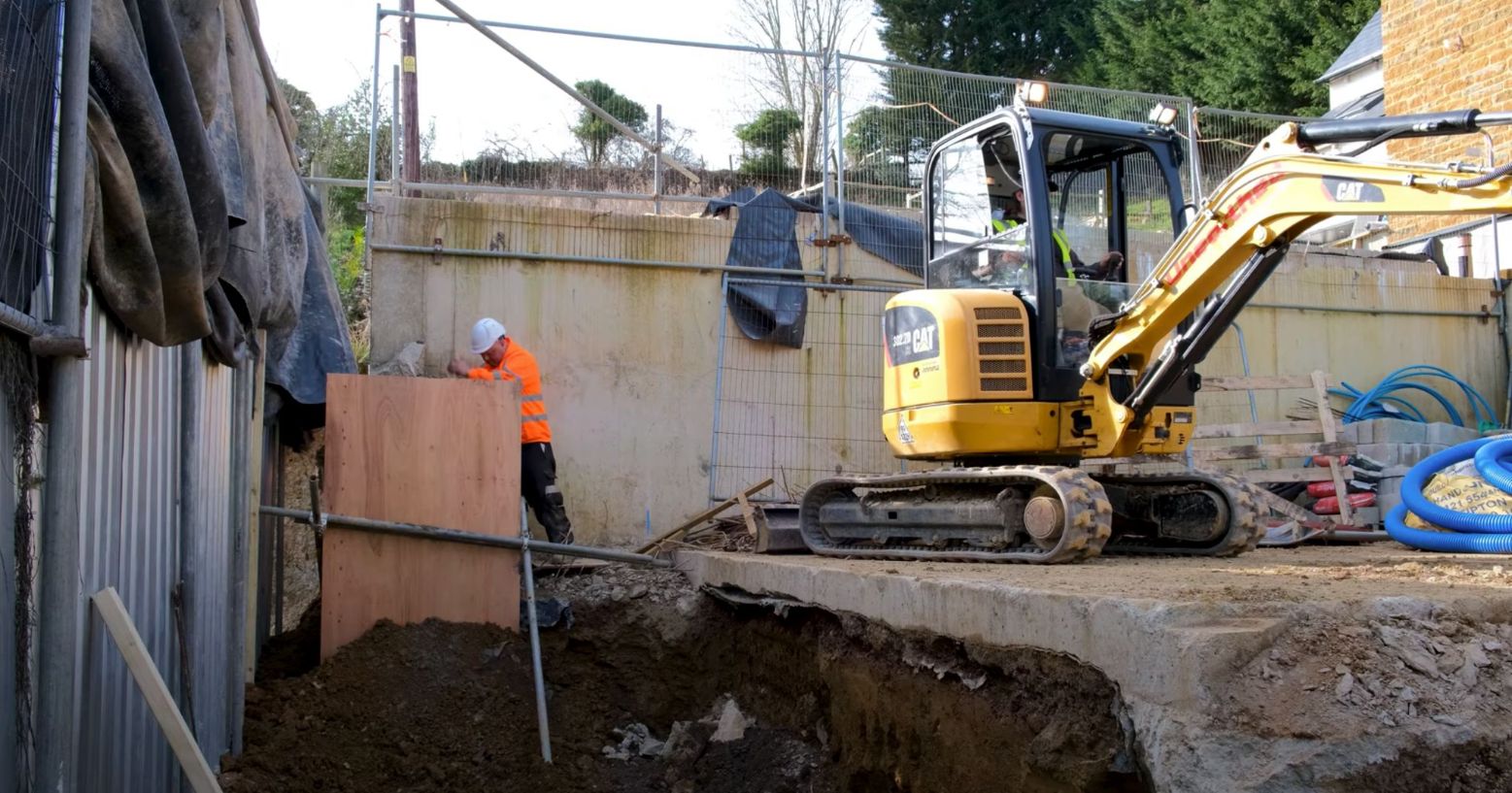Underpinning strengthens foundation damage caused by subsidence or shrinking soil. If a foundation has stability issues and needs additional support, its bearing capacity must be increased.
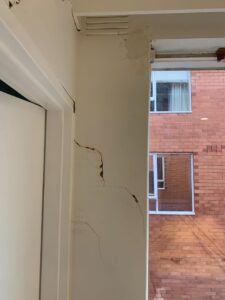
In this article, we will cover these important topics around foundation repairs – What is underpinning? What are the ways to use it? What types of foundation and footing are available to support your building project?
When Is Underpinning Needed?
Underpinning is needed to repair the damaged foundation of a building or giving extra support. This is also necessary when additional loads are placed on the structure, such as when adding an extra story.
Underpinning is needed when:
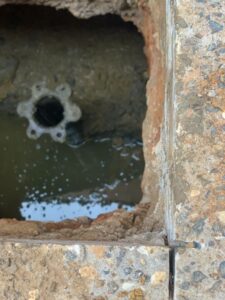
– The foundation is on reactive soil and it moves.
– The backfill of the foundation is improperly compacted.
– A poorly functioning drainage system leaks water underneath your foundation.
– Multiple Cracks on walls and floors are visible
– Doors and windows no longer open properly
– Planning to add an extra floor on the current foundation
If you found multiple problems from the above list, it’s high time to contact a registered contractor to assist with your repairs.
Types of building foundations and footings
The different foundations and footings for buildings are –
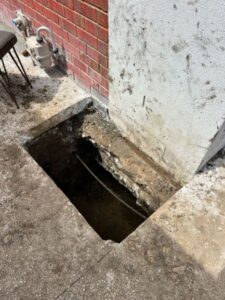
Slab on Ground
The most frequently used foundation method is the concrete slab. This involves placing large, flat slabs of concrete on the ground to create a sturdy base. The soil beneath the slab needs to compact properly otherwise, it may settle over time and cause foundation problems.
Suspended Floors
A suspended floor is not attached directly to the ground like a typical one; rather, stumps or piers are used to support it.
Continuous footings
Continuous footings are used to support structures that prevent the building from tilting by distributing its load equally. They are made of strips or slabs and used when the ground is too sloppy to build structures.
Pad footings
Pad footing systems help to evenly distribute the extra load of a foundation. They work by spreading the weight over a larger area, which prevents settlement and helps to keep the structure stable.
Stumps
Stumps are timber, concrete, or steel posts that sit atop houses to raise them off the ground.
Piles
Piles are metal or concrete structures that help support a building’s weight, and they’re driven deep into the ground. They come in handy when regular foundations can’t be used because the ground is too soft. Piles provide additional support to structures. Piles are commonly used with a pad footing or strip footing to create stability.
Piers
Piers are posts made of steel or concrete that support a beam. After the piers are in place on the excavated holes, concrete is used to secure them.
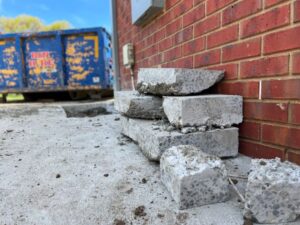
Do you want to know whether or not your home needs underpinning? Check out our blog post here does my home require underpinning to be sure.
The cost of underpinning varies on a few parameters. Check our blog cost of underpinning for more details.

